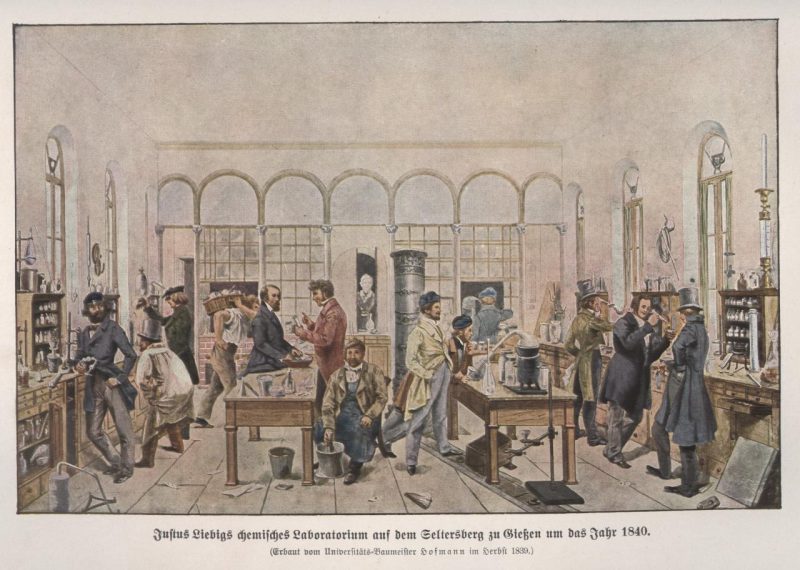Recently I wrote for GESIS on the history of science communication and popularized science. It’s an interesting question when the practice started. As with so many phenomena, this is mostly down to the historian’s favorite thing: a definition.
In terms of Germany, and in terms of high visibility popularized science, Justus von Liebig’s Familiar Letters on Chemistry are a good starting point. Read more about what I had to say about these, and about science communication in the twentieth and twenty-first centuries over at the GESIS Blog.
Torsten Kathke is a historian specializing in the United States and Germany during the 19th and 20th centuries. His book "Wires That Bind: Nation, Region, and Technology in the Southwestern United States, 1854–1920" is available from Transcript publishers in Europe, and from Columbia University Press elsewhere.
Torsten earned his doctorate in American Cultural History from Ludwig Maximilians University in Munich, Germany in 2013. He subsequently worked at the German Historical Institute in Washington, DC and at the Max Planck Institute for the Study of Societies in Cologne. He is a lecturer in American Studies at the Obama Institute for Transnational American Studies at Johannes Gutenberg University, Mainz.
View all posts by Torsten Kathke →

